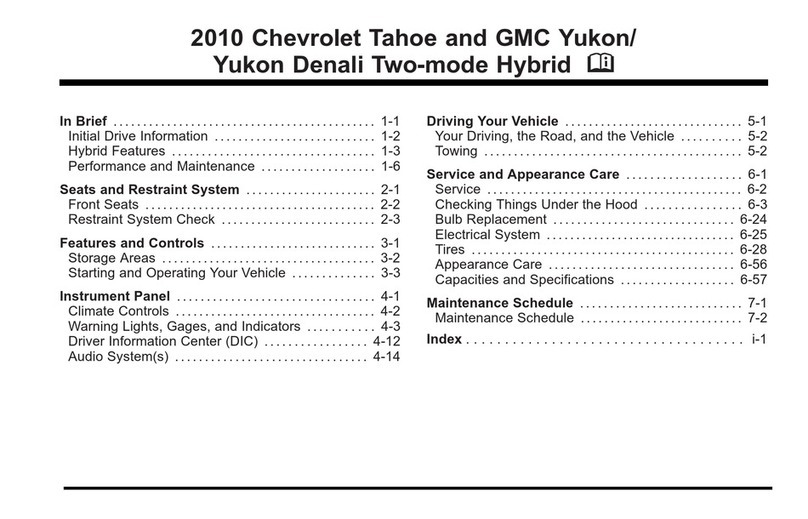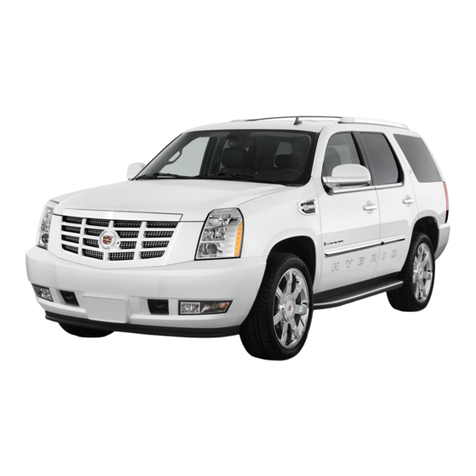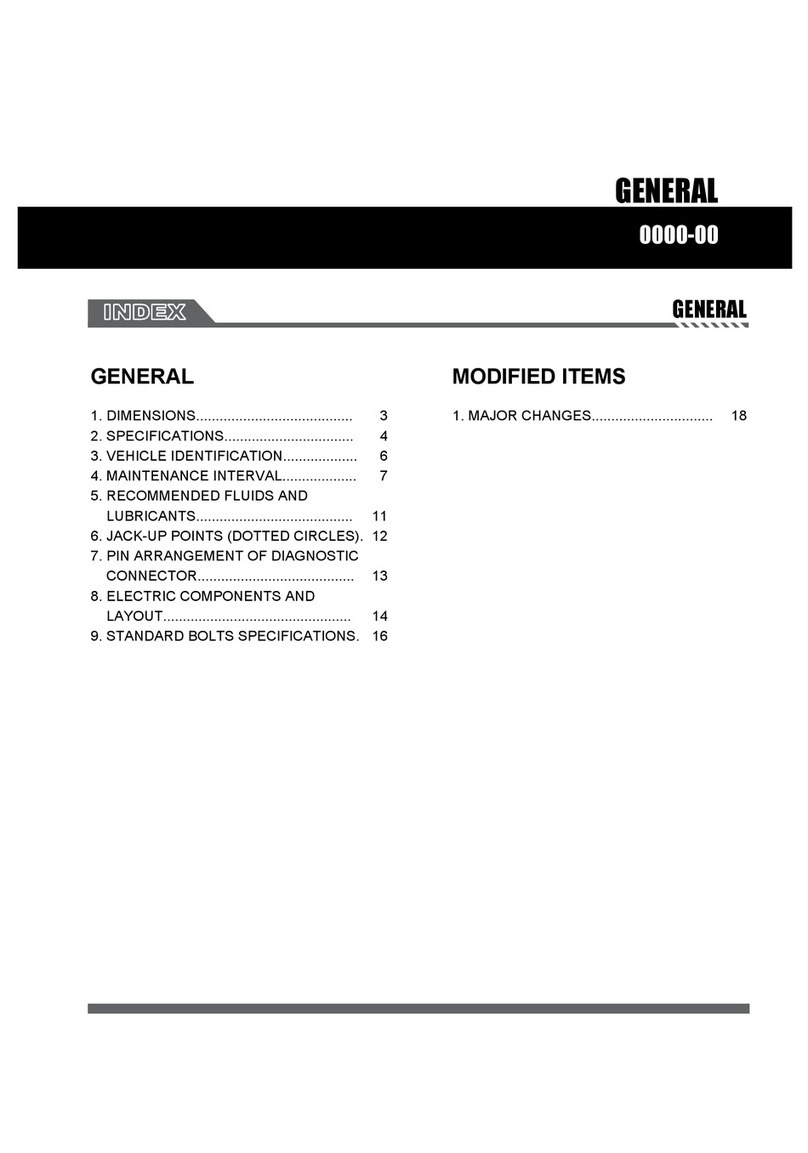GMC SIERRA 1998 User manual
Other GMC Automobile manuals

GMC
GMC 1995 Suburban User manual
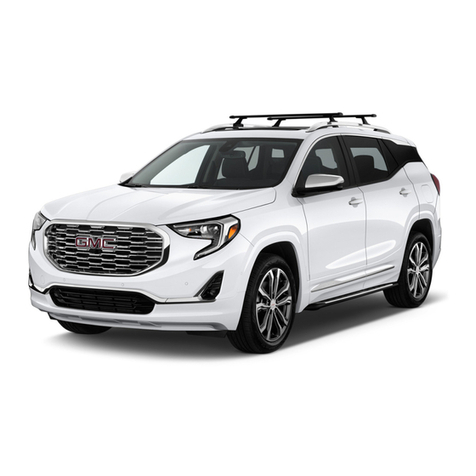
GMC
GMC Terrain 2020 User manual

GMC
GMC Terrain Denail User manual

GMC
GMC SIERRA 1996 User manual

GMC
GMC 2009 Envoy Denali User manual
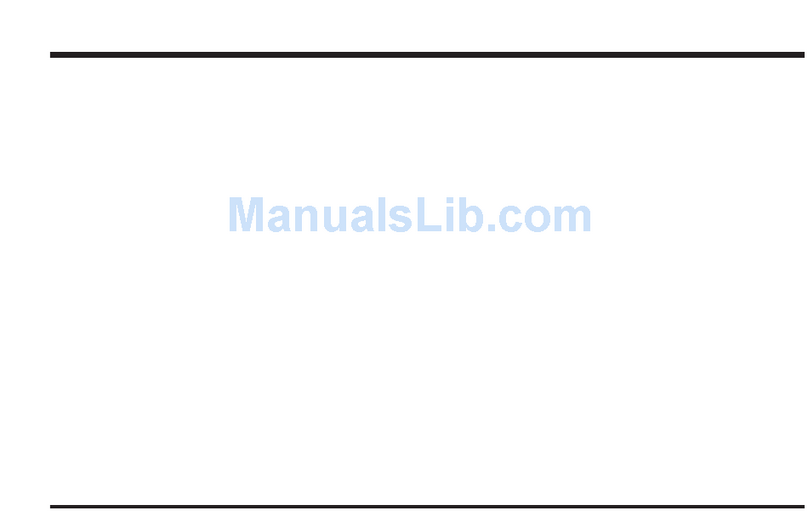
GMC
GMC Chevrolet SSR 2003 User manual
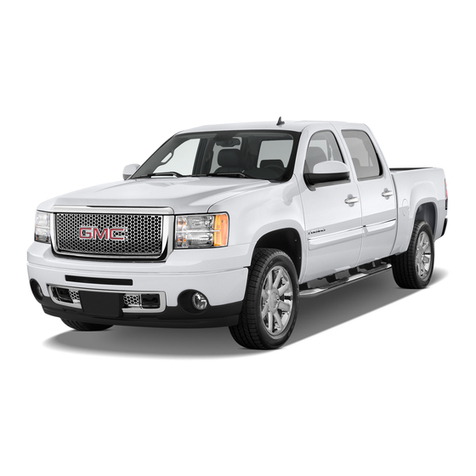
GMC
GMC 2012 GMC Sierra User manual
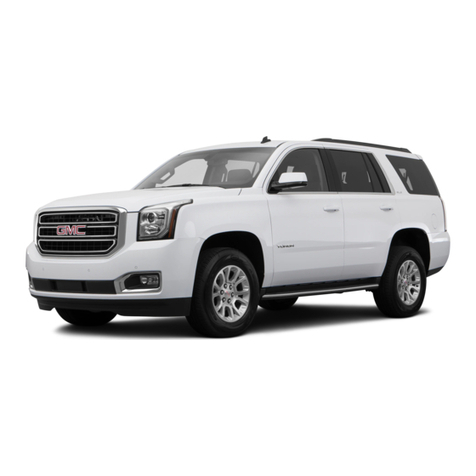
GMC
GMC Yukon XL 2015 User manual

GMC
GMC 2011 Yukon/Yukon XL User manual
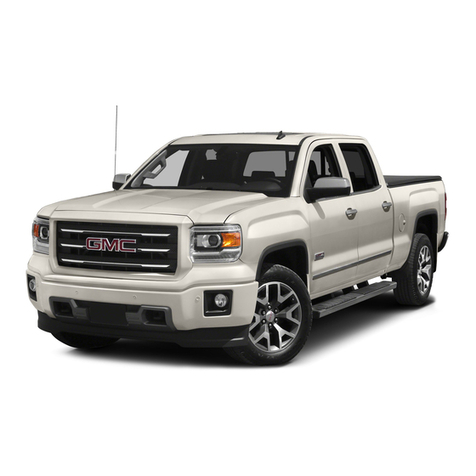
GMC
GMC Sierra Denali 2015 User manual

GMC
GMC 2009 Savana Van User manual
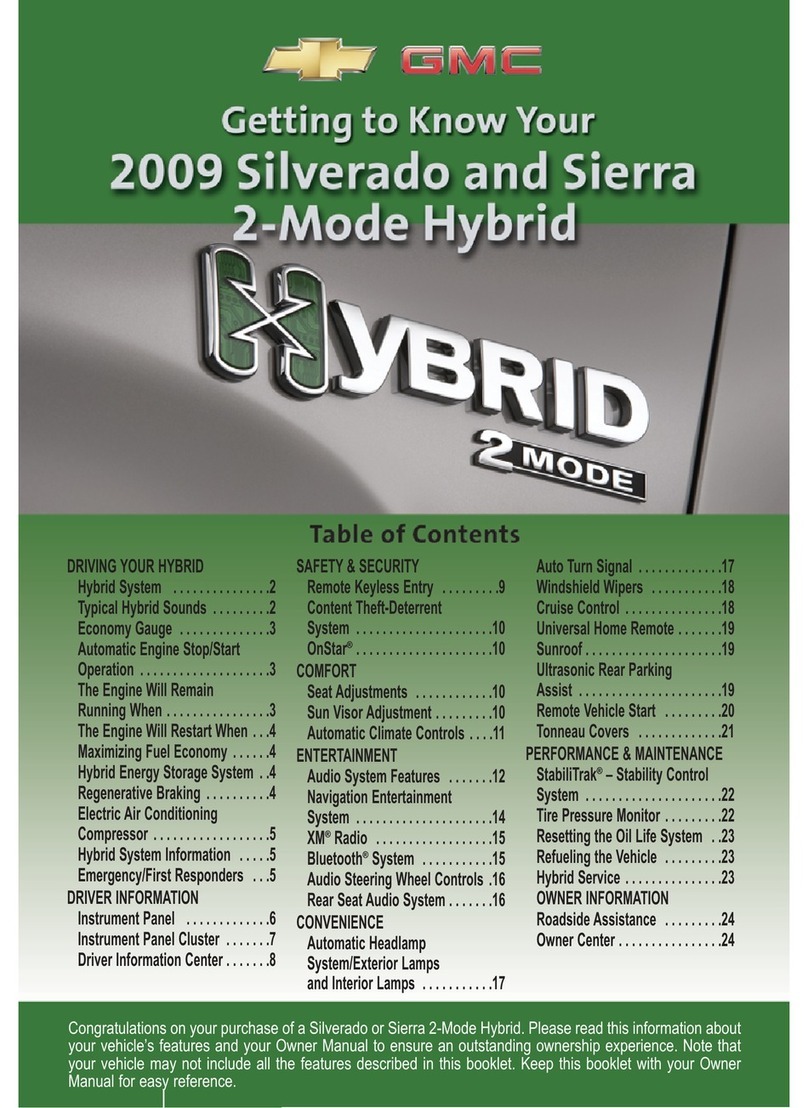
GMC
GMC Silverado 2009 Assembly instructions

GMC
GMC 2013 GMC Sierra User manual

GMC
GMC Sierra 2500 HD 2023 User manual

GMC
GMC 2008 Sierra 1500 Pickup User manual

GMC
GMC 2014 Terrain Assembly instructions

GMC
GMC ACADIA User manual
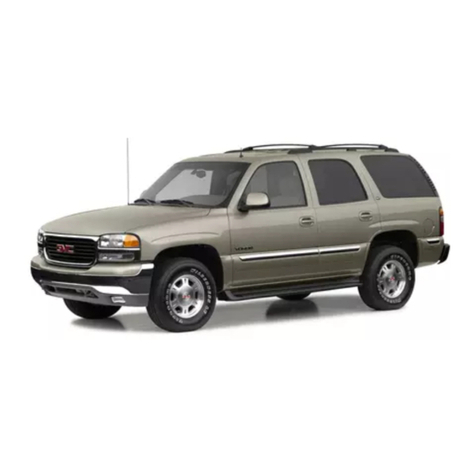
GMC
GMC 2002 Yukon XL Use and care manual

GMC
GMC 2012 GMC Sierra Manual

GMC
GMC 2013 Acadia User manual


